
Blockchain-Technologie bei grenzüberschreitenden Zahlungen
Blockchain spielt eine entscheidende Rolle im Finanzsektor, insbesondere bei internationalen Transaktionen. Die Technologie bietet Unternehmen eine sicherere und kostengünstigere Alternative zu herkömmlichen Finanzsystemen — weshalb sie zunehmend an Bedeutung gewinnt. In diesem Artikel wird erklärt, wie Blockchain bei grenzüberschreitenden Zahlungen funktioniert, welche Vor- und Nachteile die Methode hat, und welche Kryptowährungen in der Praxis besonders häufig genutzt werden.
Wie ermöglicht Blockchain grenzüberschreitende Zahlungen?
Der Einsatz von Blockchain bei internationalen Zahlungen sorgt für einen sicheren und transparenten Prozess. Die Technologie verwendet ein verteiltes Hauptbuch (Distributed Ledger), um Transaktionen zu erfassen und zu verifizieren, wodurch Zahlungen nahezu in Echtzeit abgewickelt werden können. Im Gegensatz zu traditionellen Finanzsystemen, die auf Banken als Vermittler angewiesen sind, beschleunigt Blockchain den Prozess erheblich und reduziert die Kosten. Krypto-Transaktionen dauern Sekunden bis Minuten, während klassische Überweisungen oft mehrere Tage in Anspruch nehmen. Diese Eigenschaften machen Kryptowährungen sowohl für Unternehmen bei internationalen Transaktionen als auch für Privatpersonen bei Geldsendungen attraktiv.
Einige Netzwerke nutzen Smart Contracts, um Transaktionen automatisch auszuführen, sobald bestimmte Bedingungen erfüllt sind. Alle Beteiligten haben Zugang zu den Transaktionsdaten, die zudem unveränderlich sind. Das reduziert das Risiko von Fehlern und Betrug und stärkt gleichzeitig das Vertrauen.
Vor- und Nachteile von Krypto-Zahlungen
Im Folgenden sind die wichtigsten Vorteile und Nachteile von Krypto-Zahlungen in einer Übersicht dargestellt:
| Vorteile | Nachteile | |
|---|---|---|
| Weltweiter Zugang. Kryptowährungen funktionieren global, auch in Regionen mit eingeschränktem Zugang zu Bankdienstleistungen. | NachteileBegrenzte Akzeptanz. Nicht alle Unternehmen und Händler akzeptieren Krypto als Zahlungsmittel. | |
| Dezentralisierung. Es gibt keine zentrale Instanz, die Transaktionen kontrolliert — niemand kann dein Geld einfrieren oder blockieren. | NachteileRegulatorische Unsicherheit. In manchen Ländern verbieten oder erschweren Behörden die Nutzung von Krypto als Zahlungsmittel. | |
| Sicherheit und Datenschutz. Transaktionen werden kryptographisch gesichert, was einen starken Schutz gegen Betrug bietet. | NachteileUnumkehrbarkeit. Bestätigte Krypto-Transaktionen können nicht rückgängig gemacht werden, da keine zentrale Instanz existiert, die Zahlungen stornieren könnte. | |
| Niedrige Gebühren. Krypto-Transaktionen kosten ein Vielfaches weniger als traditionelle Fiat-Überweisungen. | NachteileErschwerte Auszahlungen. Die Umwandlung von Krypto in Fiat kann Zeit kosten, was zu einem ungünstigen Wechselkurs führen kann. | |
| Schnelle Transaktionen. Zahlungen werden dank des Wegfalls von Zwischenhändlern deutlich schneller abgewickelt. | NachteileTechnische Hürden. Die Nutzung von Krypto erfordert technisches Wissen, was für Einsteiger eine Hürde sein kann. |
Die Rolle von Stablecoins
Zu den am häufigsten akzeptierten Kryptowährungen gehören Stablecoins. Sie können sowohl als Hauptwährung für Transaktionen als auch für die Umwandlung genutzt werden. Außerdem lassen sie sich über P2P-Plattformen oder Börsen in fast jedem Land einfach auszahlen.
Warum Stablecoins? Sie verbinden die Vorteile digitaler Währungen mit Schutz vor Kursschwankungen, da sie an den Wert einer Fiat-Währung (z. B. den US-Dollar) oder an einen Korb aus Vermögenswerten gekoppelt sind. Diese Stabilität macht Stablecoins zu einer verlässlichen Zahlungsmethode und einer attraktiven Option für Händler. Zu den beliebtesten Stablecoins zählen USDT und USDC, die beide an den US-Dollar gebunden sind.
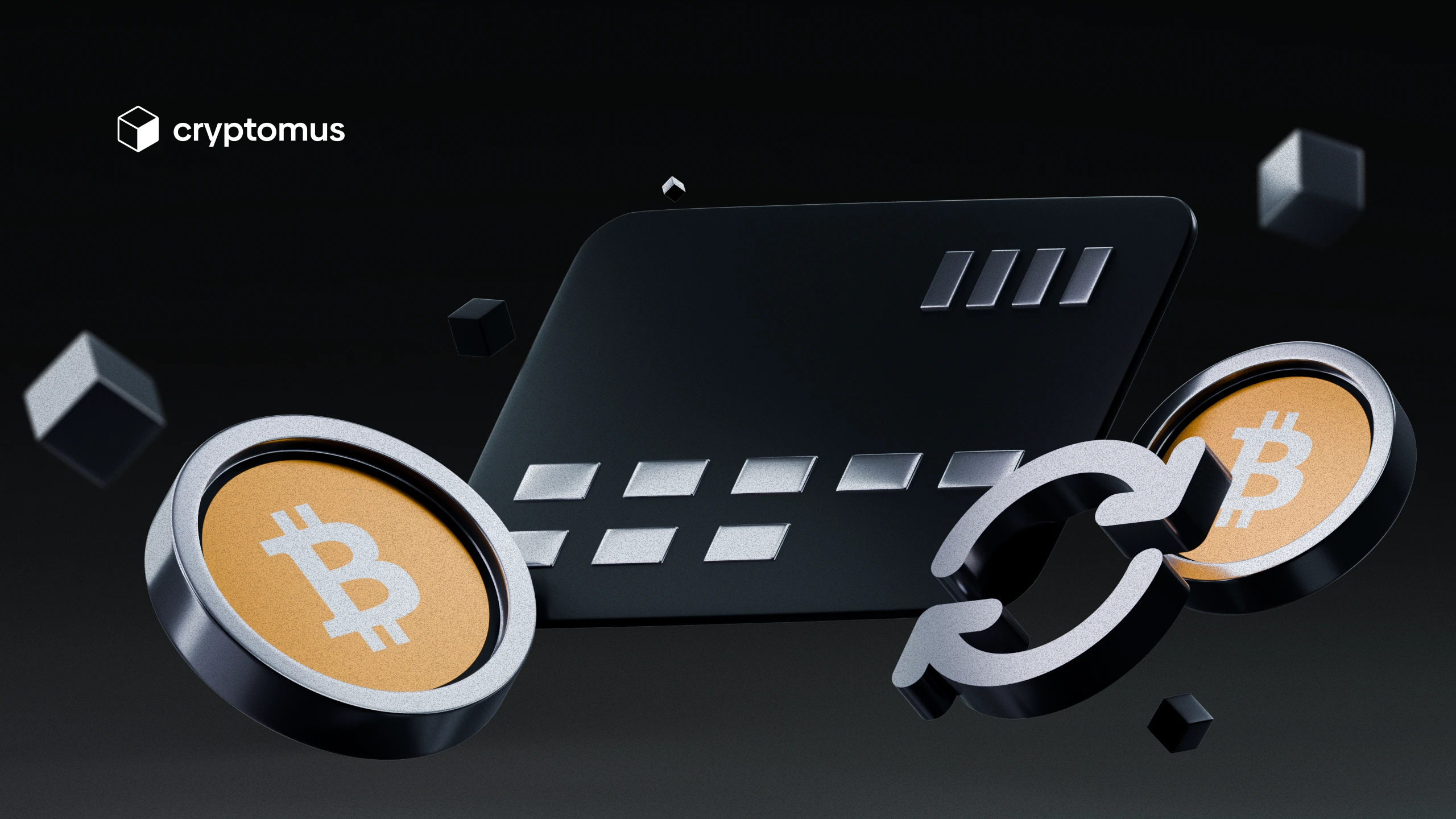
Anwendungsfälle für Kryptowährungen bei Zahlungen
Wie bereits erwähnt, nutzen viele Unternehmen Krypto-Zahlungen — insbesondere international tätige Firmen. Krypto kann dabei sowohl zwischen Unternehmen als auch zwischen Privatpersonen eingesetzt werden.
P2P
Menschen können untereinander private Transaktionen durchführen, etwa auf Online-Marktplätzen oder in Chat-Gruppen für Waren- und Dienstleistungstausch. In diesem Fall dient Kryptowährung als Zahlungsmittel, besonders bei internationalen Transaktionen.
Ein kurzer Überblick:
-
Schritt 1: Registriere dich auf einer P2P-Börse, absolviere KYC und aktiviere 2FA, um dein Konto zu schützen.
-
Schritt 2: Verwende Filter, um passende Angebote zu finden oder erstelle selbst eine Anzeige. Finde einen Handelspartner, vereinbare den Deal und führe die Transaktion durch, indem du dein Fiat-Geld überweist und die Krypto erhältst. Der Vorteil von P2P-Börsen liegt in der Treuhandfunktion: Die Plattform sperrt die Krypto im Escrow-Konto und der Verkäufer erhält sein Geld erst nach Zahlungsbestätigung.
-
Schritt 3: Nachdem du die Krypto erhalten hast, fragst du den Empfänger nach seiner Wallet-Adresse und überweist die Coins.
Du kannst auch selbst Zahlungen in Krypto für deine Waren oder Dienstleistungen akzeptieren. Falls nötig, kannst du die empfangenen Beträge über eine P2P-Plattform oder andere Wege in Fiat umwandeln.
Krypto löst auch das Währungsproblem beim Reisen: Du kannst einfach Krypto über P2P kaufen und im Zielland gegen Bargeld oder Guthaben auf ein E-Wallet verkaufen. Alternativ kannst du eine Krypto-Karte verwenden, die dein Guthaben automatisch in die Landeswährung umwandelt. Damit bezahlst du wie mit einer herkömmlichen Karte.
B2B
Auch Unternehmen untereinander nutzen Kryptowährungen. Häufige B2B-Anwendungsfälle:
-
Rechnungsstellung. Firmen stellen Rechnungen aus und erhalten Zahlungen in Krypto.
-
Bezahlung von Dienstleistungen. Unternehmen bezahlen Auftragnehmer oder Mitarbeiter in Krypto — besonders verbreitet in der IT-Branche.
-
Zahlungen entlang der Lieferkette. Blockchain wird entlang der gesamten Lieferkette eingesetzt — vom Rohstoff bis zum Endprodukt. So können Unternehmen den Warenfluss verfolgen und Mitarbeitende auf jeder Stufe in Krypto bezahlen.
-
Treuhandservices. Krypto wird oft bei Escrow-Diensten für B2B-Transaktionen genutzt, sodass Gelder erst nach Erfüllung aller Bedingungen freigegeben werden.
-
Krypto-Kredite oder Kreditlinien. Unternehmen gewähren anderen Firmen Kredite in Krypto und erhalten dadurch schneller Zugang zu Kapital — besonders beliebt bei Startups.
-
Tokenisierung von Vermögenswerten. Unternehmen tokenisieren ihre Assets (z. B. Immobilien oder geistiges Eigentum) und bieten sie Krypto-Investoren an. So sammeln sie Kapital ohne Zwischenhändler ein.
Die wichtigsten Kryptowährungen für grenzüberschreitende Zahlungen
Zu den beliebtesten Assets für internationale Zahlungen gehören die Stablecoins Tether (USDT) und USD Coin (USDC) sowie der Krypto-Klassiker Bitcoin (BTC).
-
Tether (USDT). USDT ist die am weitesten verbreitete Stablecoin, die 1:1 an den US-Dollar gekoppelt ist. Viele Unternehmen bevorzugen sie wegen der Stabilität und einfachen Handhabung. Die Kursschwankungen sind minimal, orientieren sich aber dennoch am Fiat-Wechselkurs.
-
USD Coin (USDC). USDC ist ebenfalls an den US-Dollar gebunden und ähnelt Tether funktional stark. Da USDC von regulierten Finanzinstitutionen ausgegeben wird, erfüllt sie strenge Compliance-Vorgaben. Das macht sie besonders attraktiv für Firmen mit regulatorischem Fokus. Manche sehen darin ein Risiko für die Dezentralisierung, dennoch profitiert USDC von der Blockchain-Infrastruktur.
-
Bitcoin (BTC). Bitcoin ist die erste und marktprägende Kryptowährung überhaupt. Aufgrund ihrer globalen Verbreitung wird BTC besonders häufig für internationale Zahlungen verwendet. Bitcoin bietet ein hohes Maß an Sicherheit, doch seine starke Volatilität sollte nicht unterschätzt werden — sie kann den Gewinn sowohl erhöhen als auch verringern.
Damit haben wir die Grundlagen zu Blockchain-Technologie und Krypto-Zahlungen bei internationalen Transaktionen abgedeckt. Noch Fragen? Schreib sie gern in die Kommentare — wir helfen sofort weiter!
Bewerten Sie den Artikel
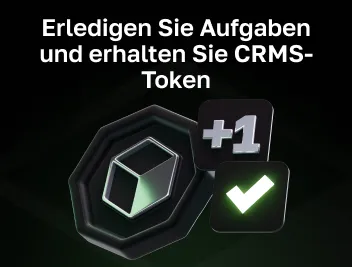
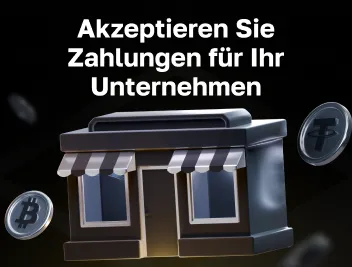
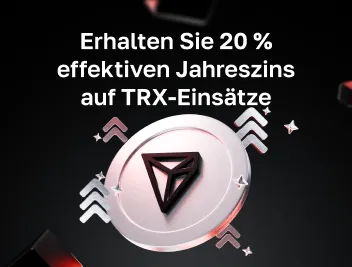



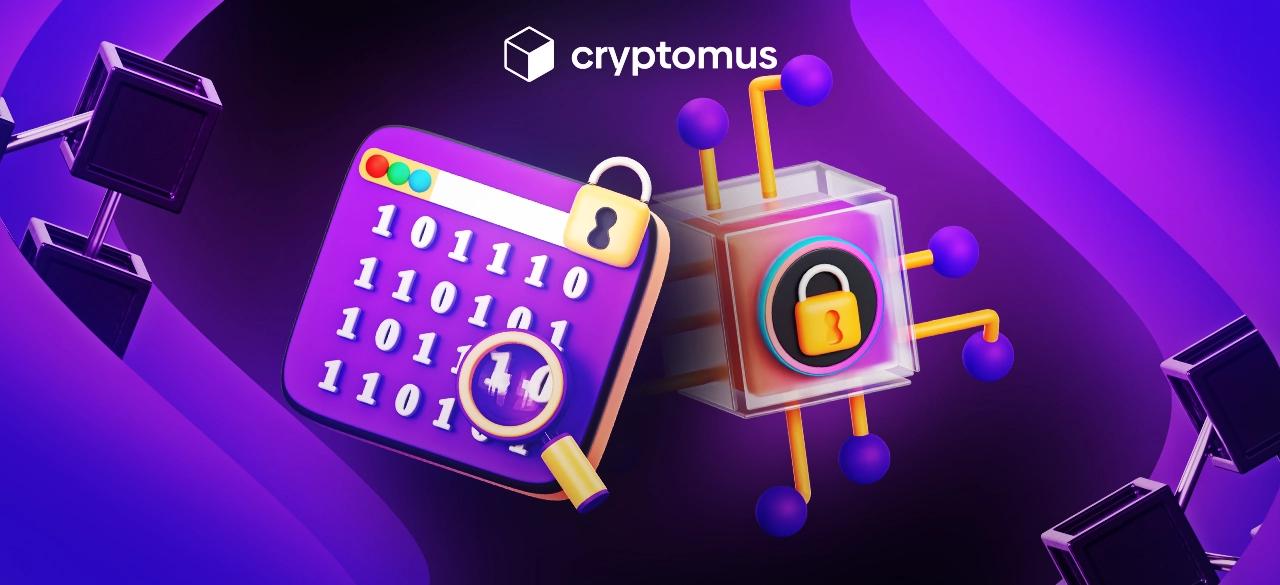

kommentare
0
Sie müssen eingeloggt sein, um einen Kommentar abzugeben